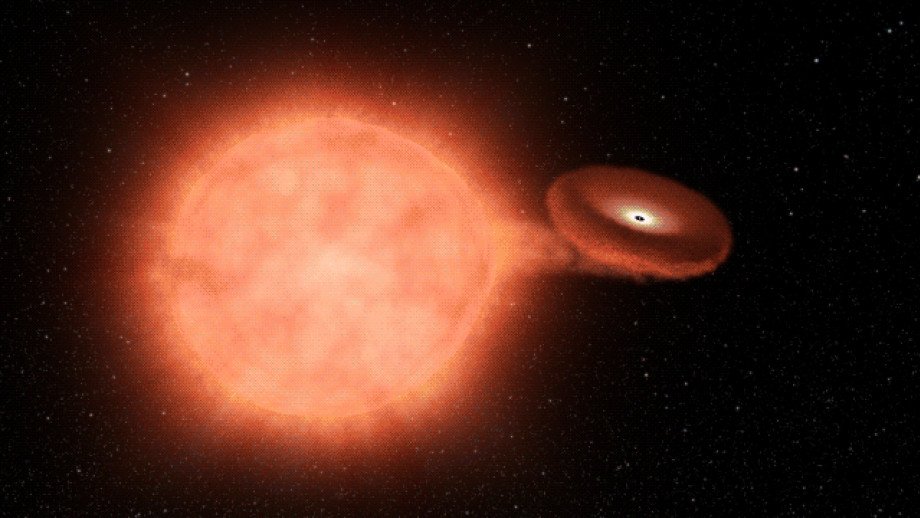MessageToEagle.com – An international team of astronomers using the Kepler space telescope and other ground-based telescopes to witness a Type 1a supernova just minutes after the explosion occurred 170 million light years away.
On 4 February 2018, the array of high-powered telescopes detected the light emanating from the exploding star, otherwise known as a supernova called SN 2018oh, said Dr Brad Tucker from the ANU Research School of Astronomy and Astrophysics and one of the lead researchers of the survey.

“Kepler – in its final days before running out of fuel and being retired – observed the minute changes in brightness of the star’s explosion from its very beginnings, while the ground-based telescopes detected changes in color and the atomic make-up of this dying star,” said Dr Tucker from the ANU Research School of Astronomy and Astrophysics, in a press release.
“With the combined data from these telescopes, astronomers achieved what they had hoped for – an unprecedented observation of the onset of a star’s death. Prior to Kepler, it was nearly impossible to study the early stages of a star explosion,” Dr Tucker added.
SN 2018oh is an example of a Type Ia supernova – the kind that astronomers use to measure the expansion of the Universe and probe the nature of dark energy.
A typical Type Ia supernova brightens over the course of three weeks before gradually fading away, but this supernova brightened rapidly a few days after the initial explosion – about three times faster than a typical supernova at this time period.
Some theoretical models propose that an exploding white dwarf – a star that has exhausted its nuclear fuel – hits a neighboring star to cause a supernova, which appears to be the cause of SN 2018oh, according to Dr Tucker.
“It’s possible in the case of SN 2018oh that the shock wave from the exploding white dwarf ran into the companion star, creating an extremely hot and bright halo that accounts for the added brightness and heat we observed.” .
“With this latest result, we now know a range of star systems cause these important explosions – those used by ANU Vice-Chancellor and astronomer Brian Schmidt to show the Universe was growing at an accelerating rate,” he said.
“The now retired Kepler Space telescope changed our view of the Universe – showing just how common planets around other stars are. It has also now revolutionised what we know about how stars end their lives in brilliant explosions.”
MessageToEagle.com






